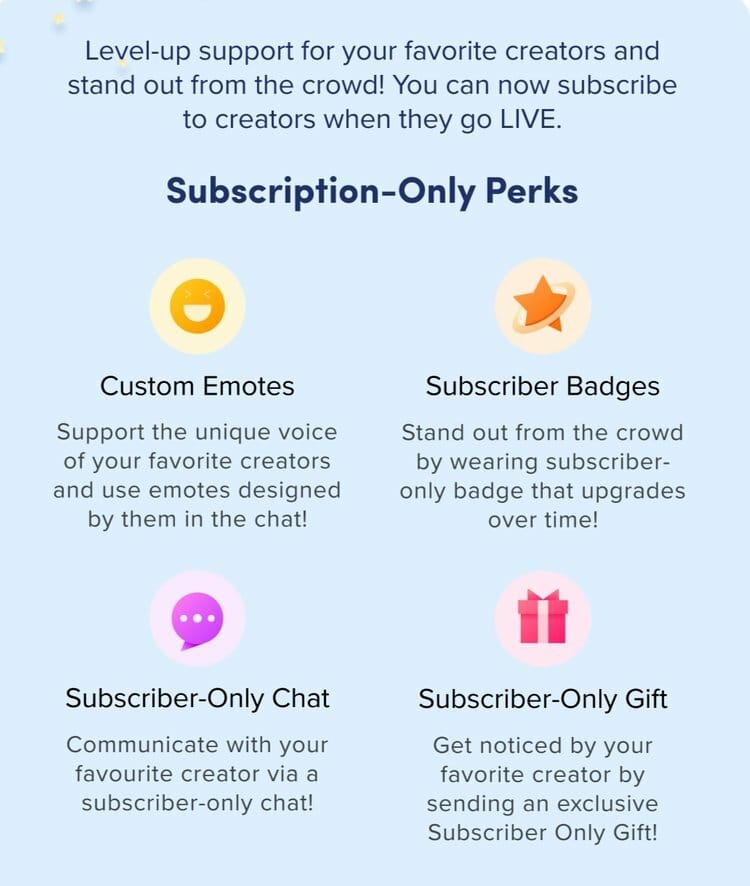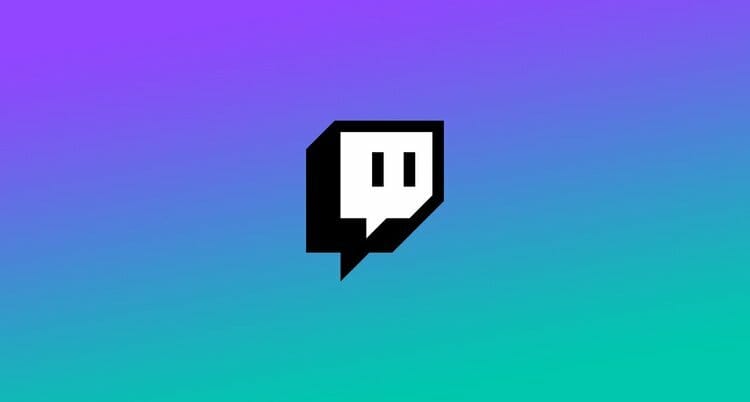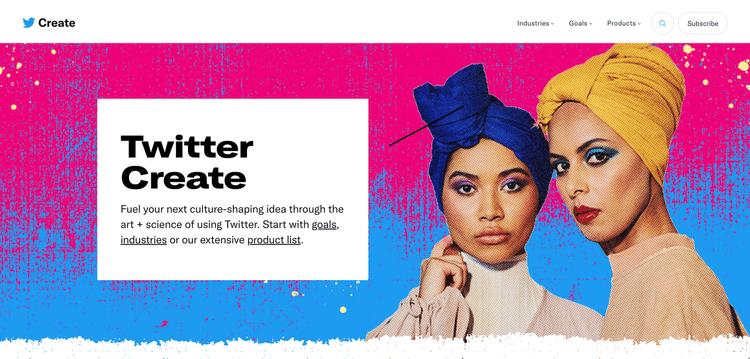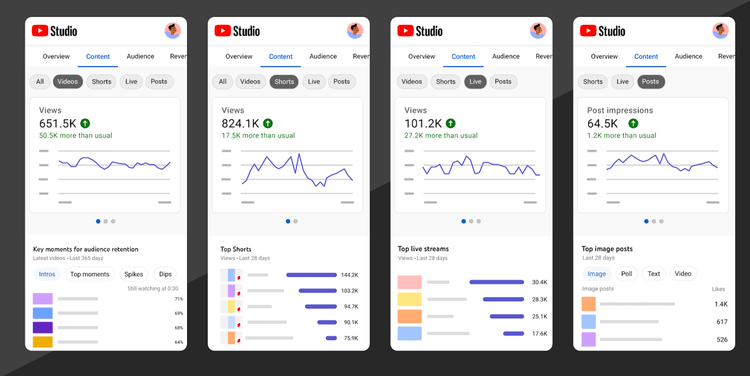Hello! One of the long debates in influencer marketing is around paying influencers. The days of most creators being happy to receive just product in exchange for a sponsored review or post are passing us. With more creator demand and brands increasingly recognizing the value creators drive for their business, cash, in addition to product, is becoming the norm. However, there are many instances where product-only is sufficient.
The topic of paying influencers with just product isn’t as black and white as it's often presented. There are a lot of nuances, which is why I excited to recently chat with Marketing Brew’s Phoebe Bain about this topic. Check out the article here and let me know your thoughts!
Today’s Edition:
TikTok introduces LIVE Subscription
Twitch works on making its content more accessible
YouTube updates analytics for creators
TikTok Introduces LIVE Subscription

TikTok introduced LIVE Subscription, a monthly subscription service that allows creators to monetize with recurring payments from their fans. Subscribers receive perks such as subscriber badges, custom emotes, subscriber-only chat, and the ability to control the cameras on creators' live streams. In addition, creators can personalize their LIVE rooms.
Subscription prices haven't been revealed, but reports suggest they will be competitive with Twitch's packages, which start at $4.99 per month. A select group of creators will have access to LIVE Subscription at launch, but the service will be rolled out globally over the coming months to eligible creators 18 or older with 1,000 or more followers.
With LIVE Subscription, TikTok continues to provide creators with new monetization options. Along with the new feature, creators can also monetize directly through TikTok in the following ways:
Branded content (TikTok Creator Marketplace, Brand Mission)
Advertising revenue share (TikTok Pulse)
Tipping and virtual gifting (Tips, LIVE Gifts, Video Gifts)
As of late, social media platforms have focused on launching new or strengthening existing subscription offerings for creators and their fans. Why? The subscription model allows fans to support their favorite creators and, as a result, provides creators with more predictable revenue streams.
Most creators' revenue streams come from branded content and brand partnerships, but these revenue streams aren't always reliable due to factors like brands' influencer marketing budgets sometimes fluctuating. Through a subscription-style model, creators have a better idea of what their monthly revenue will look like and get additional benefits, such as creative freedom in the content they share and, most importantly, maintaining a relationship with their audience.
Both Patreon and Twitch have demonstrated the benefits of a subscription model for creators and their communities. In response, other platforms, like Instagram and Twitter, have recently launched Creator Subscriptions and Super Follows, respectively. Not to mention, YouTube and Facebook allow creators to monetize through subscriptions. As part of its efforts to strengthen its subscription offerings, YouTube recently launched a Channel Memberships Gifting feature that allows existing members to buy multiple memberships as gifts.
While LIVE Subscription expands TikTok's creator monetization options, it might not be the right option for everyone. But, that is the great thing about what seems like a marathon of new monetization options being rolled on TikTok and other social media platforms. The perfect way to monetize varies from creator to creator, making it less important to figure out the perfect way for creators to earn money. Instead, it is more important that creators have various options to choose from so that they can choose the options that work best for them, their content, and their audience.
Industry News
Twitch announced a number of accessibility initiatives to celebrate Global Accessibility Awareness Day. It shared recent improvements that have rolled out or are in the works to make Twitch content more accessible to all.
Here's a breakdown of them:
Chat Badges that let viewers identify themselves as audio-only or video-only, making it easier for creators to recognize when a viewer can only view a limited channel experience.
Modified chat functionality and skip links so that viewers with screen readers can easily participate in chats without having to read each message.
Site updates to reduce the amount of tabs to be pressed and redundant links to ensure that the site is easier to navigate and that users can access relevant sections quickly and easily.
Twitch streamers already have access to closed captions for their streams and subtitles when playing games. These updates will further enhance accessibility by helping creators identify viewers who may need an adjusted experience, assist viewers in engaging and participating, and make it easier to navigate the Twitch site to find relevant sections in a shorter amount of time.
Over the last few years, social media platforms have made significant steps to enhance accessibility, including the launch of closed captions, audio descriptions for photos and videos, and ALT text.
Platforms will continue to roll out product features and tools to make their platforms even more accessible to people with visual or hearing impairments. In the meantime, brands and creators should make an effort to use the features and tools available today when sharing content. Marketers can, for instance, require content creators who work with them to utilize accessibility tools on the platforms they are posting sponsored content on. Besides being the right thing to do, it can help increase the reach and impact of the content, since people with disabilities can still consume it.

Twitter rebranded Twitter Media to Twitter Create. According to the platform, the change to Create is to align better with what people are trying to achieve on Twitter. Along with the name change, it expanded the number of industries, including writers, podcasters, gaming, and nonprofits. In addition, for the first time, the content available on the website will be grouped by specific goals such as relevance, monetization, and engagements. There are also educational hubs and how-to guides for all Twitter's features and products, such as Twitter Spaces and Communities.
The website rebrand aligns with the evolution of Twitter. Like every other social media platform, Twitter has rolled out new tools, experiences, and features designed to make its platform more creator-friendly. With creators of all sizes and across all industries using Twitter to reach new audiences, interact with their communities, and monetize, a creator-specific hub makes sense. One of the best aspects of Twitter Create is that it offers resources for different industries and different goals, which makes it easy for creators to find actionable and relevant information that they can utilize to grow their presence and business on Twitter.
Creator-dedicated hubs to educate, inform, and empower creators have become common today. Many of the major social media platforms have a version of them. More recently, platforms have partnered with creators to develop some educational and instructional content to provide perspective from the creator's point of view.
Below are some of the most notable examples:
Expect social media platforms to double their investments in these creator hubs. We can also expect other digital platforms to follow suit, as evident by Google's launch of Google For Creators. Any platform that creators can use has the potential to help them to be successful on that platform through these types of hubs, which can lead to more usage and adoption of the platform.

YouTube is updating analytics in YouTube Studio. The update replaces the previous Reach and Engagement tabs that displayed performance metrics such as viewership, watch time, traffic sources, and more with a new Content tab. On the Content tab, creators now can view performance by content type such as Video, Shorts, Live, and Posts. Creators that want to view comprehensive performance across all content types can still do via an All tab. These changes are a result of creator feedback, specifically from those who focus on Shorts content.
This is a well needed update as YouTube now supports various content formats outside of traditional video-on demand. With more creators diversifying the types of content they create, having analytics tailored for the specific content types enables them to compare different formats to understand which ones work best for their channel.
The emergence of multi-format YouTube creators, individuals who create across all available formats, will lead YouTube to further tailor its tools, features, and experiences to specific formats.

What I’m Reading
Is paying influencers in free products ever okay? (Marketing Brew)
FTC crackdown on TikTok influencers adds to NIL pitfalls as feds join fray (Yahoo)
Inside YouTube’s long bet on TikTok-style short-form content (Fast Company)
How influencers hype crypto, without disclosing their financial ties (New York Times)
As young gunmen turn toward new social networks, old safeguards fail (Washington Post)
